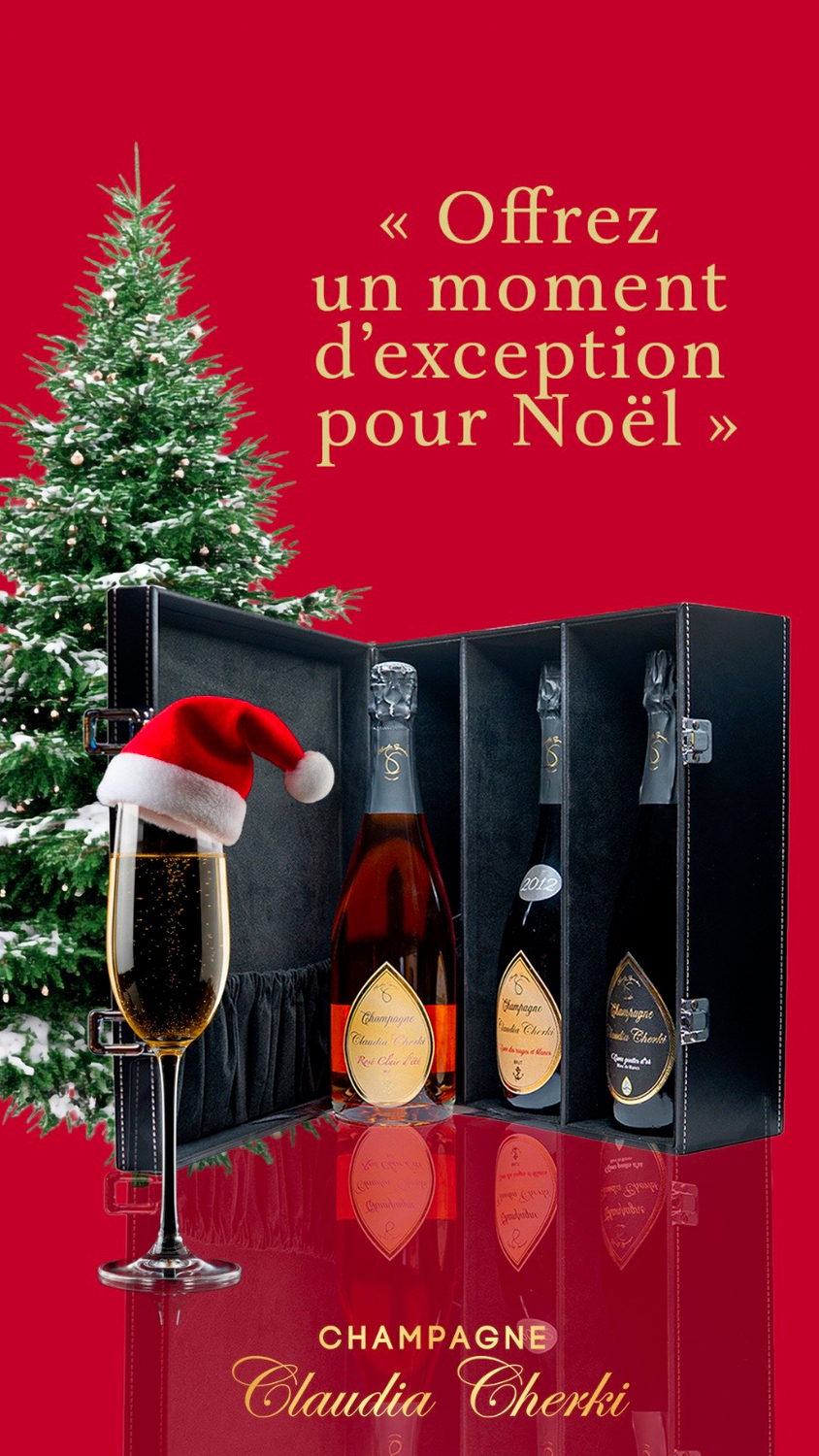Our particularity
The subsoils of Champagne
The subsoil of Champagne is mainly Chalk, but the particularity of the subsoil of our Champagne,
is very rare and very much in demand at the moment compared to the saline aromas that we will find in our Champagne, because in this sector, the chalk was transformed into Stone under the pressure of deep waters that compressed the Chalk at the time when the
ocean reigned, about 157 million years ago.
These limestone compressions are called Kimmeridgian marls and form the subsoil and this
unique terroir in Champagne. This particularity is the same as for the subsoil of the vineyards
of Chablis and Sancerres. Throughout the world, these Champagnes are increasingly sought after by consumers in search of exceptional flavours.
The life cycle of our Champagne production
At each stage, the commitment to preserve our beautiful planet is taken into account: After pressing the grapes to extract the juice, the skins are sent to the distillers to make alcohol, or are sent to give colour to lipsticks, and the seeds are sent to make oil. To reduce water pollution, and to avoid polluting the fauna and rivers, the rinsing water from the presses and wine-making equipment is collected in a tank and then spread on fallow land where plants capable of purifying this water are planted.
Our Champagne Signature
My signature champagne focuses on fine bubbles. Our liqueurs are aged in our cellars for 10 years. They are made from cane sugar that we melt with reserve wines, which are then stored in vats and aged for around ten years to allow the sugars to marry with the wine, adding fullness and less sweetness. While the dosage determines the subtlety of the balance of the base wine and is the result of my entire appreciation of the taste, my mood, my shape and above all my own vision of the taste of champagne, once the dosage has been validated for each cuvée after a good number of trials, we do not go back over the dosage during the year in order to respect the uniqueness of the wine.
- Surface area of the property: Around 10 hectares. 60,000 to 70,000 bottles depending on the year
- Hectares by grape variety : Chardonnay : 25 %, pinot noir : 72 %, pinot meunier : 3%









